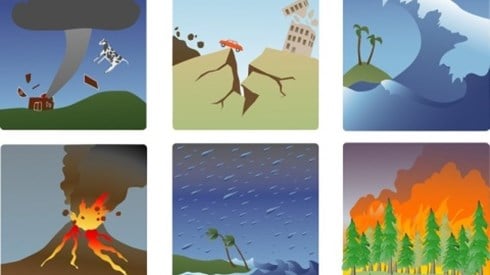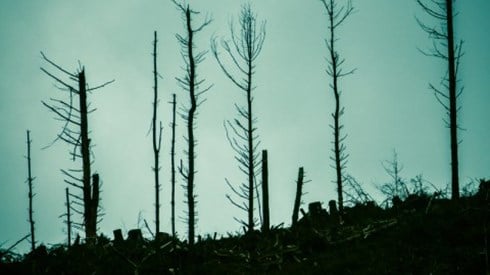Global Insured Catastrophe Losses for 2018 Reach $225 Billion

January 24, 2019

Findings from Aon's Weather, Climate & Catastrophe Insight: 2018 Annual Report show that 394 natural catastrophe events in 2018 generated economic losses of $225 billion, of which $90 billion was covered by private sector and government-sponsored insurance programs.
According to Aon, 2018 represents the 4th-highest year on record for insured economic losses.
The protection gap, which is the portion of economic losses not covered by insurance, was 60 percent and at its lowest level since 2005, Aon revealed.
The biggest driver of catastrophes in 2018 was the tropical cyclone peril following several significant landfalling storms, said Aon. Storms included the following.
- Hurricane Michael and Hurricane Florence (United States)
- Typhoon Jebi and Typhoon Trami (Japan)
- Typhoon Mangkhut (Philippines, Hong Kong, China)
- Typhoon Rumbia (China)
As a result, 2017 and 2018 resulted in the costliest back-to-back years on record for both economic losses ($653 billion) solely due to weather-related events and insured losses across all perils ($237 billion).
Andy Marcell, CEO of Aon's Reinsurance Solutions business, said, "While there was not a singular 'mega' catastrophe event [in 2018], there were 42 billion-dollar events which aggregated to a slightly above-average year."
He continued, "The re/insurance industry continues to withstand the payouts backed up with $595 billion of capital but focus on managing the cost of changing climate and weather events by helping to close the protection gap."
Additional major events during the year included a series of major wildfires in Northern and Southern California according to Aon.
The costliest insured loss event of 2018 was the Camp Fire at $12 billion, which also became California's deadliest and most destructive fire on record.
Steve Bowen, director and meteorologist at Aon's Impact Forecasting team, said, "The complex combination of socioeconomics, shifts in population, and exposure into vulnerable locations, plus a changing climate contributing to more volatile weather patterns, is forcing new conversations to sufficiently handle the need for mitigation and resilience measures."
According to the report, other significant regional events during the year include the following.
- October's Camp Fire in the United States destroyed 18,804 structures, including most of the city of Paradise, California. Total economic costs were estimated to approach $15 billion. Overall insured losses from wildfires in California set a new record for the second year in a row.
- In Japan, torrential rains during July led to catastrophic flooding across much of the country with total damage nearing $10 billion.
- A multi-billion-dollar flood occurred in India's state of Kerala during the seasonal summer monsoon months.
- Much of northern and central Europe endured prolonged summer drought conditions as aggregate costs, mostly to agriculture, which tallied to near $9 billion. Multi-billion-dollar drought events also impacted the United States, Argentina, China, and India.
- A significant stretch of severe weather and flooding impacted Italy and Austria during October and November; the economic toll topped $5 billion.
- Reaching $2.1 billion of insured losses, windstorm Friederike was the 5th-costliest European windstorm of the 21st century.
Read the full Weather, Climate & Catastrophe Insight: 2018 Annual Report on Aon's website.
January 24, 2019




